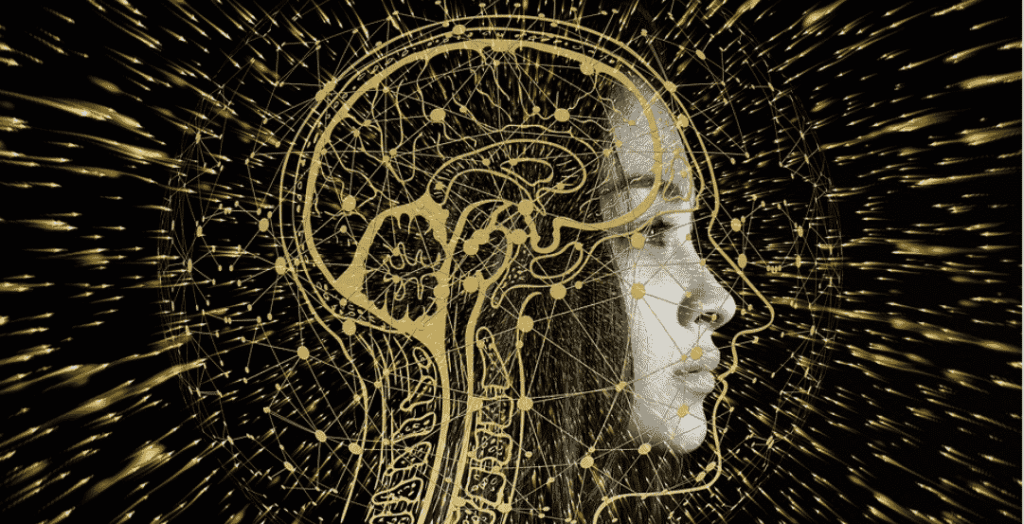As emergent technology and digital innovation take centre stage, it is time to differentiate between Artificial Intelligence (AI) and Business Intelligence (BI). The two are complementary but they are not the same. Together, they are formidable. Individually, they provide the organisation with entirely different functions. But both are tools that can be used by the organisation to manage its move from legacy architecture and infrastructure towards a digitally transformed future.
AI has left behind science fiction discussions and dystopian futures to become immensely valuable to the organisation. Enterprise demand for AI is steadily growing thanks to its ability to change the competitive landscape and improve organisational capabilities. And it’s not just the international company that’s paying attention – South African businesses are increasingly aware of how AI can potentially support their growth and agility through improved processes and reduced customer friction.
AI has capabilities in automation, platform development, as-a-Service initiatives, and analytics. The intelligence of AI lies in the algorithms, the data, the self-learning and the potential of deep learning.


BI, on the other hand, is intelligence in business decision making. Its brains lie in tools, visualisation and the analysis of data, providing organisations with insights that they can use to shift thinking and market direction.
When partnered with AI, BI has the potential to provide real-time insights for almost instantaneous business pivots that can help organisations thrive in complex and challenging times. An excellent example of how AI and BI can provide businesses with a solid footing in unstable economies is hand sanitiser. The unexpected surge in sales and demand left many companies on the back foot – never before an increase of 255% in demand in one month. The stock was gone, shelves were empty.
No, these technologies could not have predicted why hand sanitiser sold out in February 2020, but they could leverage the insights from that month to help the organisation manage demand in March, April and May. The insights gleaned from the data could be used to track exactly how demand would fluctuate and potentially minimise future disruption or future overproduction. This would then limit losses, improve production, reduce customer friction and provide the organisation with visibility into operations. Insights are far more than media hype and marketing magic – they are the magnifying glass that can identify problems and gaps in business capability.
Collecting data is dependent on the use of digital technologies, mostly mobile applications in the work environment to acquire and apply new knowledge and skills related to digital technologies: social, mobile, analytics, cloud, and, more recently, cybersecurity.
Artificial intelligence is not about the use of digital technologies; rather, it is about the relative strengths of technology, innovation, systems and people and capitalise on those strengths. As we interact with all these different digital technologies, we are building artificial intelligence.
So, what’s the point?
The point is that AI is having a profound impact on the way we live and work. But to realise the true value of AI, organisations need to understand the scope and risks, as well as opportunities. Don’t dive in. Don’t just spend money it because it sounds nice. Like any other technology, it demands strategic input and implementation.
BI lost a lot of its sheen because companies didn’t get the promised results. Because they bought an idea, not reality. These technologies do have the ability to hurtle your business into the fifth dimension but only if you use their abilities properly.
The point is that while BI has long since gone mainstream, AI is surging forward in its applications and potential. It is entering into the medical field where algorithms are becoming the ‘always-on’ radiographers that never sleep, catching pulmonary embolisms that overwhelmed people might miss. It is slipping into financial services, providing organisations that handle trillions of transactions with the data analysis and machine learning tools they need to catch errors and fraudulent activity. It’s being applied to farm and mining yellow metals to improve yields and user safety. It is allowing the retail industry to pull together all the threads of big data, machine learning, and the Internet of Things (IoT) to weave customer experiences that improve spending and engagement.
The final point is that these two smart technologies are here to stay but it’s up to you to use them with intelligence.
- Craig Van Rooyen, Chief Operating Officer, Liquid Telecom South Africa

